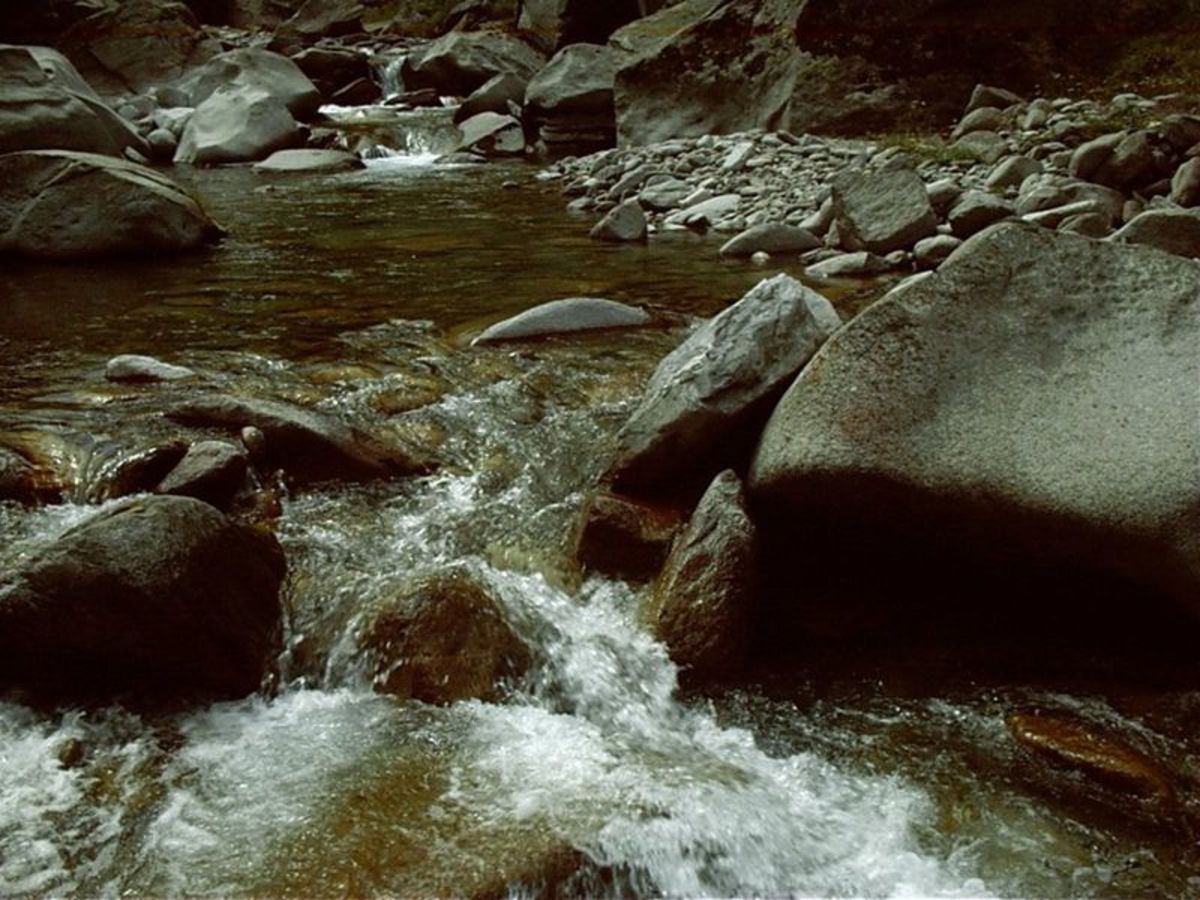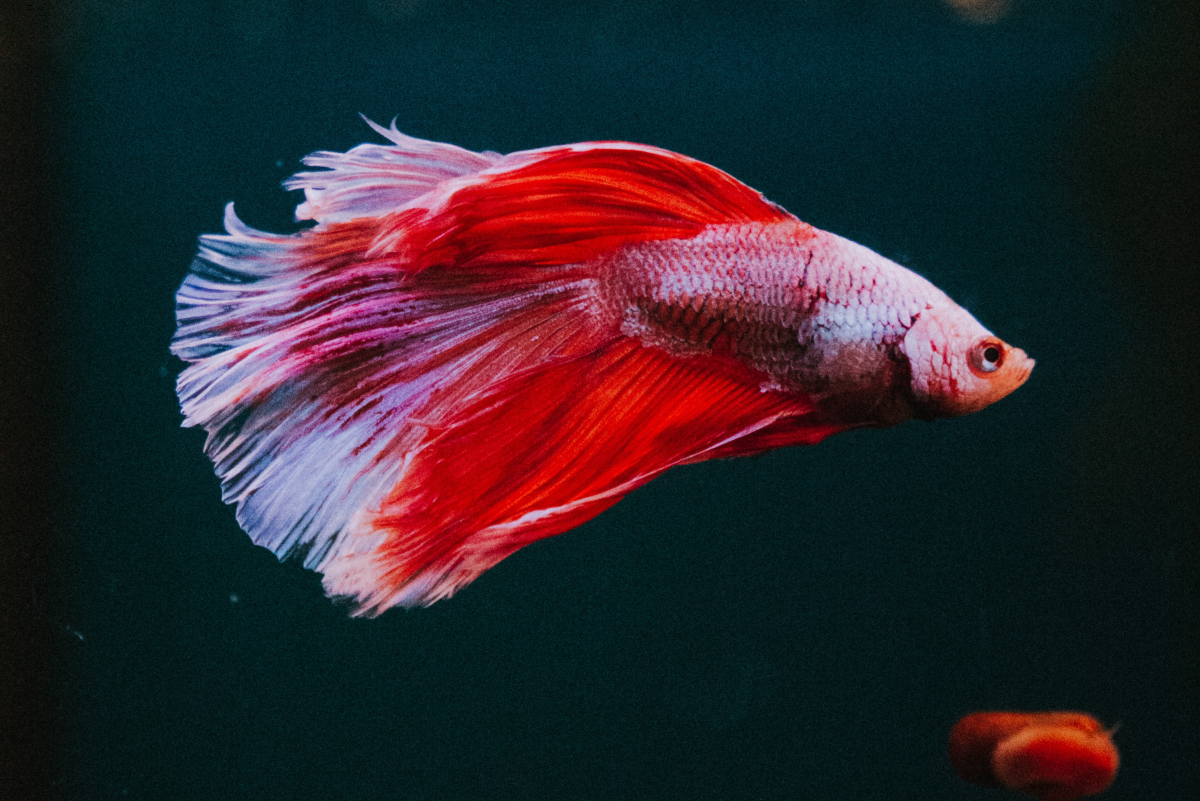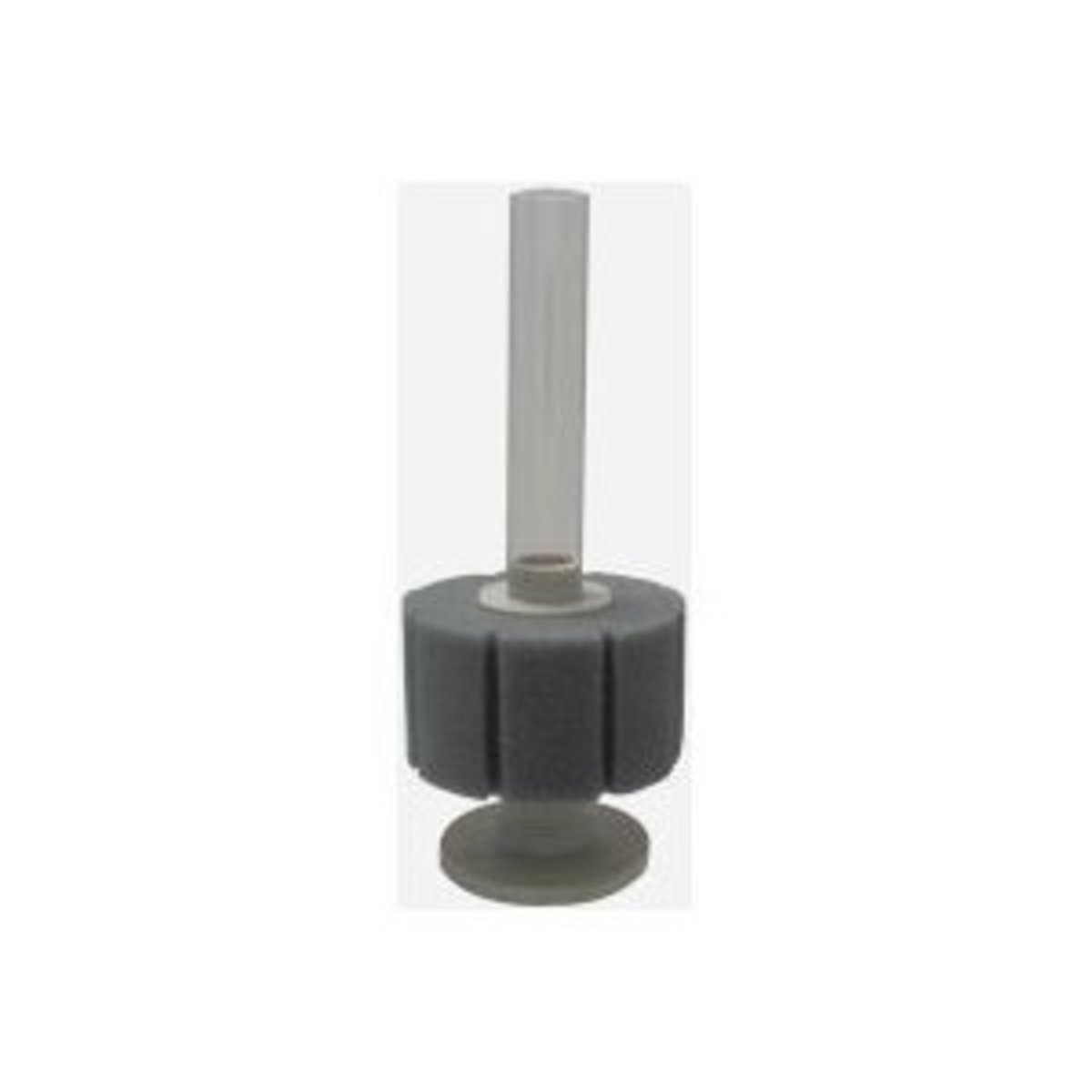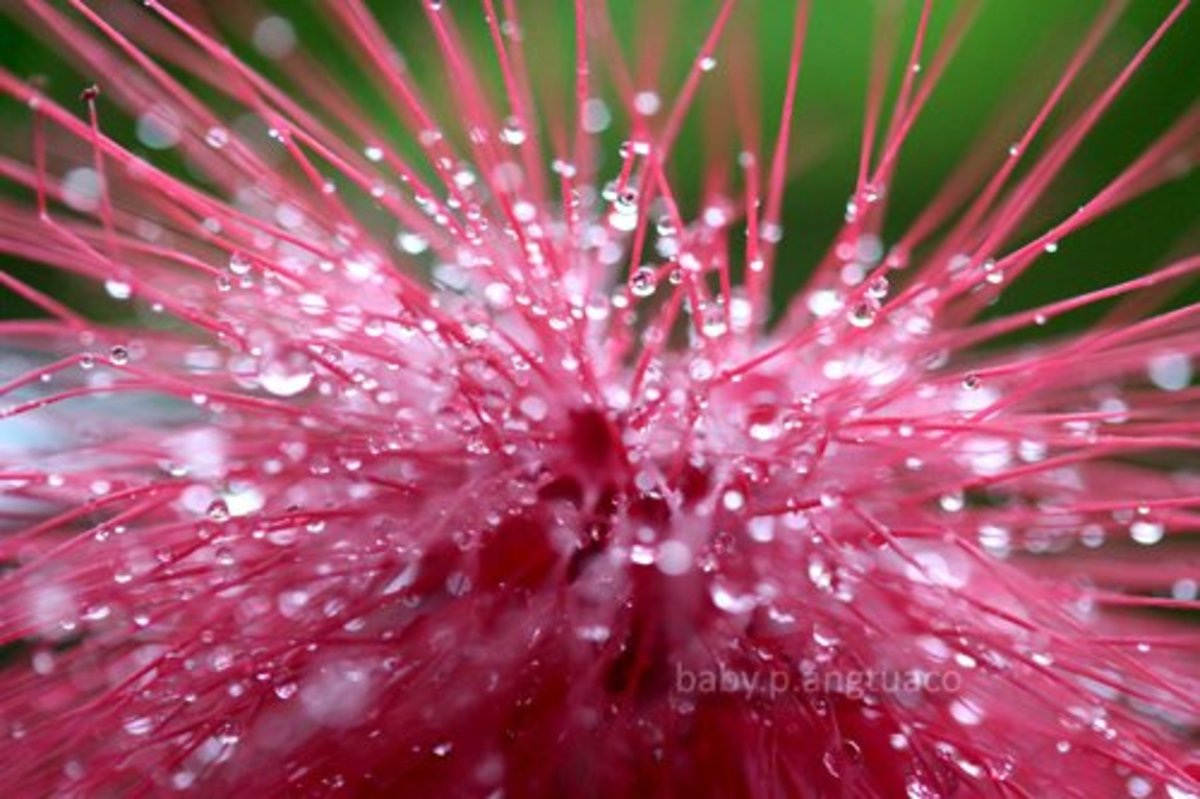Taking Photos with Dark Blue Sky with White Clouds - Polarizing Filters - How to Take Pictures and Get Blue Sky

Blue Skys and White Clouds.
Would you like to capture a nice dark blue sky with white fluffy cloads in your photo?
It's easy if you have the right tool and you know how to use it.
That tool is a polarizing filter.

Polarizing Filters
If you have ever worn a pair of good sunglasses with polarized lenses you have seen the effects of polarizing filters first hand.
Outside light bounces off of objects all around you, creating unwanted scattered light rays. A Polarizing Filter cleans up the light which enters your camera lens and removes those scattered light rays. Using a polarizing filter will give your pictures better color saturation and higher contrasts, which means darker blue skies and whiter clouds. A polarizing filter will also do wonders for cutting down on bad reflections from water and glass.
Use the right angle
You will see the greatest effect of polarization at 90 degrees from the sun. So if you are trying to get that dark blue sky and white fluffy sky make sure to have the sun directly to your left or right. As you turn away or towards the sun you will get less of an effect from the poalirizer.
Give it a spin
Both Circular and Linear Polarizing Filters are made to spin. As you turn the filter it will change the angle of polarization.So don't forget to rotate your polarizing filter to make sure you are getting the effect you are looking for.
Circular and Vertical Polarizers
There are two primary types of polarizing filters, Circular Polarizers and Linear Polarizers.
If you are using a SLR you will probably need a Circular Polarizer. This is because the auto focus and light metering systems in most modern SLRs use a beam splitter which does not work correctly with linear Linear Polarizers.
If you are using a manual focus or non SLR camera you can use a Linear or Circular Polarizer.

Wide Angle Lens
There are two problems with using a polarizing filter with a wide angle lens.
Vignetting
Since polarizing filters are made to rotate they may be larger than other filters and extend further past the lens than a standard filter. This can cause the sides of the filter to be picked up in the photo and darken the edges.
To get around this problem filter manufacturers make wide anlgle lens filters which are slimmer than normal filters. Of course you will pay a premium for these filters. Alternatively, you can use a step up ring with a larger diameter filter. Although you again will be paying more for a larger diameter filter and end up with an oversized filter on the end of your lens.
Uneven Polarization
A wide angle lens can widen the angle of view so much that you may see a noticeable gradient across the sky. This goes back to our optimal 90 angle from the sun. As the angle from the sun changes on one side of the photo to the other you will actually see the difference in the amount of polarization.

Polarizers and Mirrors
You can test if a polarizing filter is a linear or circular polarizer by holding it up to a mirror.
A circular polarizer will be dark black when you hold the inside (lens facing) side towards the mirror and gray when you flip it over. A linear polarizer will be be black when you hold either side to the mirror.

Polarizers and Monitors
Since the light from the monitor is at a uniform angle you can rotate the filter you can completely block out all light from the monitor.
After you block out the light try holding objects between the filter and a monitor with a complete white screen for a very interesting effect.
Buy a Polarizing Filters
Buy A Circular Polarizing Filter
Other Tips
If the sky is very bright and overpowering the rest of your shot, a Split Neutral Density Filter is a great tool to darken the sky without darkening the rest of your photo.
Another way to create photographs with stunning skys is through HDR (High Dynamic Range) Photography. With HDR you can easily create photographs where both the sky and the rest of your photo is perfectly exposed. Plus you can use HDR Tone Mapping to create some real eye poping photographs.
- How to Make HDR Photos
Follow the steps below to create your own HDR Photos! In order to create an HDR photograph you will need to take several photographs of the same image with different exposure values for each shot. Most... - Split Neutral Density Filters
A Split Neutral Density Filter or Graduated Neutral Density Filters block out different amouns of light one side of the filter than the other. These filters let you better control the exposure of an overal...










